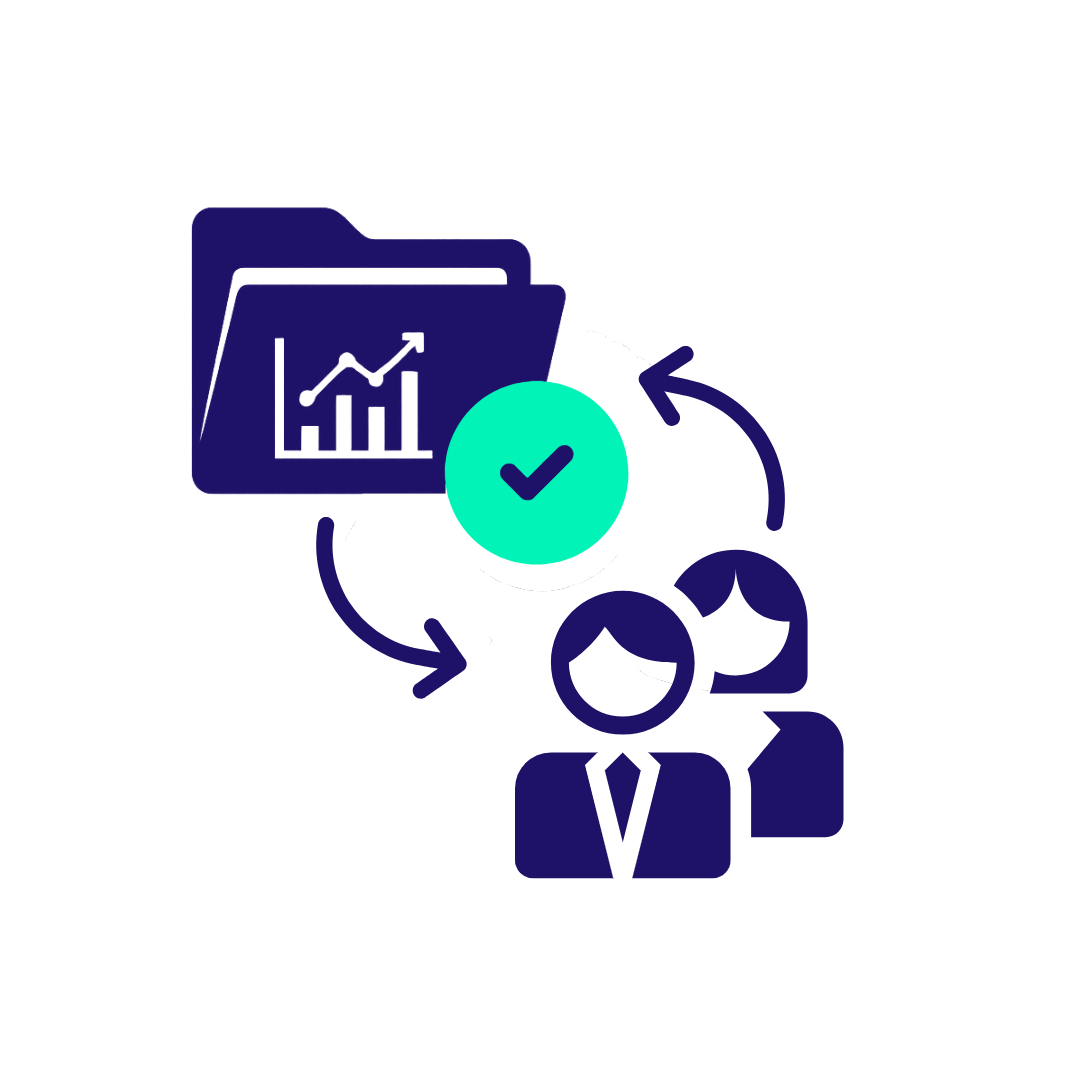Getting to yes
How to Get Clients to Share Audit Data

Overcoming Client Data Barriers
Getting clients to share their accounting data securely shouldn’t be this hard — but it often is. The reality is that most resistance has little to do with the tools we use and everything to do with how we communicate the value behind them.
Let’s unpack what’s really going on and how firms can simplify the path to yes.
The Real Challenge Behind ‘No’
When clients hesitate to share data in new ways, it’s rarely about the system itself. It’s about what the change represents — a perceived loss of control, uncertainty around security, or just the mental load of doing something differently.
As ICAEW’s Ian Pay mentioned:
“We’re asking for data that we don’t own, so we need to get buy-in — someone to say, yes, I’m happy giving you my data this way.”
Data access isn’t just a technical step; it’s a trust exchange. And firms that forget that human layer often find that the most advanced tools in the world still meet quiet resistance.
If you want a smoother ‘yes,’ try this:
- Recognize that hesitation = uncertainty, not rejection.
- Reassure before you instruct.
- Treat data access as part of your relationship, not just your workflow.
Start With the ‘Why’ — Every Time
Too often, firms explain what they’re changing (“We’re implementing a new data collection process”) and how it works (“You’ll get a link to connect your ERP”).
But the real key is why.
When people understand why a change exists — that it’ll make the audit smoother, reduce back-and-forths, and save hours of manual effort — they’re far more likely to engage.
At Validis, we’ve seen how this simple shift changes adoption. Once clients understand the outcome (less friction, cleaner data, faster fieldwork), the how takes care of itself.
Try framing your next data request like this:
- Start with purpose – “We want to make this audit less painful for your team.”
- Show the benefit – “This approach eliminates the manual heavy lifting from your team.”
- Then make the ask – “Here’s a secure link to connect your system.”
Trust Is Earned Through Clarity
Security concerns are real and justified. Clients care deeply about their financial data, and they should. So, when they ask questions, the right response isn’t “Don’t worry.” It’s transparency.
That means being clear about what happens to their data, how it’s protected, and who has access to it. Whether you’re an auditor, a lender, or a technology provider, confidence grows when the process is visible and well-explained.
A strong trust message sounds like:
- “Here’s exactly what happens to your data once it’s shared.”
- “Here’s how it’s protected and who can see it.”
- “Here’s how we verify it stays secure.”
In my conversations with firms, the most successful data strategies aren’t the most sophisticated – they’re the most transparent. We provide a security pack for all our clients to enable this conversation.
Keep It Simple – Complexity Kills Change
If you’ve ever watched a client’s eyes glaze over as you describe an extraction process, you’ll know this feeling. Complexity makes people anxious.
We sometimes forget that technical precision can sound like noise to a finance director who just wants the audit done. Simplifying the process — and the conversation around it — builds trust faster than any feature list ever could.
That’s been a guiding principle for Validis: make it as easy as possible for firms to obtain standardized, audit-ready data. The smoother the process, the less time everyone spends translating between systems and spreadsheets.
Timing Is Everything
Anyone who’s survived busy season knows: there’s a right and wrong time to introduce change. Asking for it two days before fieldwork starts? Tough.
The firms that get ahead start the data conversation right after the audit cycle closes — when people are open to improving the process but not yet back in crunch mode.
In my experience, there’s also a pattern to how clients respond to change. Roughly a third will say yes right away. Another third will get there after a few objections. And the last group — well, they’ll need a little more convincing. As I often say:
“Thirty percent of clients will say yes right away, thirty percent after a few objections, and thirty percent will need dragging over the line.”
The point is, timing and persistence matter. Change takes repetition, reassurance, and a few well-timed follow-ups.
Think of it as a long game:
- Start early.
- Engage stakeholders beyond finance (especially IT).
- Build the case this year to make next year effortless.
The Bigger Picture for Accounting
Accounting is evolving fast. Clients expect digital efficiency; regulators demand depth and accuracy; firms are expected to deliver both with tighter teams and timelines.
Automation and standardization are no longer optional — but they only create value when firms can access high-quality client data easily and securely.
That’s the real frontier of audit transformation: not just accessing data, but earning access.
Trust. Clarity. Timing. These human factors turn data technology into real, repeatable value.
And when we get that balance right, the work itself changes — faster audits, cleaner insights, and stronger client relationships.
Let’s Make Data Sharing Effortless
If you’re exploring how to make client data sharing faster, safer, and simpler — without the usual friction — we’d love to show you what’s possible.
Book a short demo of Validis and see how audit-ready data can transform your next engagement.
Explore More


